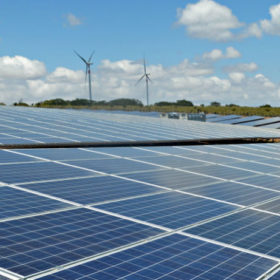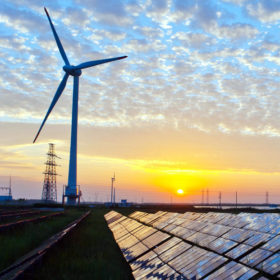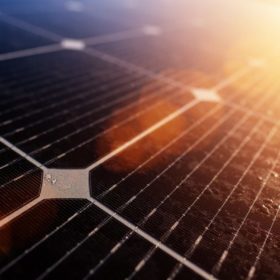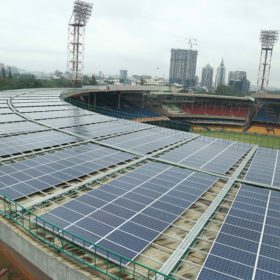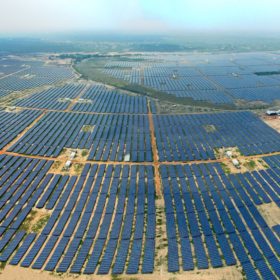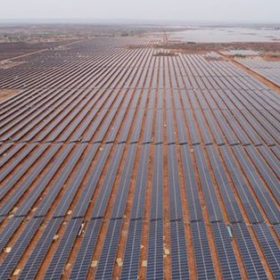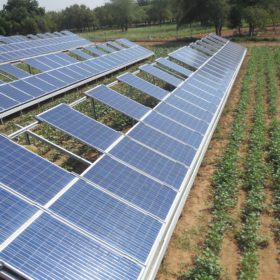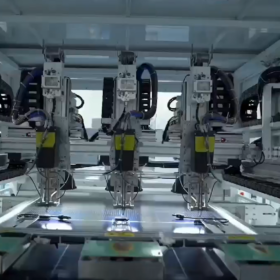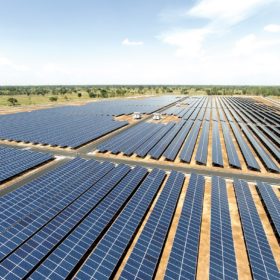Investment opportunities in India’s solar sector
India, with 750 GW of solar potential, has also one of the highest transmission and distribution losses in the world. So, while there is immense scope in PV deployment, there is a need for greater investment in grid related projects also to help the country best utilise its renewable energy potential, says the latest report by SolarPower Europe and National Solar Energy Federation of India (NSEFI) which also makes recommendations to help accelerate investments in the solar sector.
Optimal grid utilization imperative whilst integrating renewable energy
The Solar Energy Corporation of India should amend the 400 MW round-the-clock supply tender to make co-location of solar, wind and storage mandatory in order to ensure optimal utilization of transmission infrastructure, says NSEFI chairman.
Solar projects reprieved as Indian government declares coronavirus a force majeure
Lobby group the National Solar Energy Federation of India says around 4 GW of solar plant capacity is likely to be affected by component shortages after the outbreak of the virus in China.
Balancing the renewable energy intermittency
Annual renewable energy balancing between resource-surplus and resource-deficit states can help solve DISCOM woes while ensuring their compliance to renewable purchase obligations.
Clarify basic customs duty on solar modules as Change in Law, NSEFI writes to SECI
Solar cells and modules will continue to attract zero basic customs duty unless exemption notification 24/2005, dated March 1, 2005 is amended to reflect the 20% increase by Ministry of Finance, said the lobby group.
SECI concludes world’s largest renewables-plus-storage tender at Rs4.04/kWh
Pumped hydro and battery projects, coupled with renewables, offer the world’s lowest peak clean electricity tariff. The tender, which received bids for for 1.62 GW of capacity against the 1.2 GW sought, saw Greenko secure 900 MW of pumped storage capacity and Renew Power 300 MW of battery storage.
2020 Solar Match: Chasing the Target
While openers like SRISTI scheme for rooftop solar and KUSUM for farmland solar are likely to give a promising start, their implementation on the ground will determine our winning trajectory this year. Simply going by the connotation of 6 balls an over in the game of Cricket, this article looks at 6 factors that will push India to achieve its 2022 solar target.
Tamil Nadu: Solar developers get relief as APTEL quashes power regulator’s unviable tariff order
The Appellate Tribunal for Electricity (APTEL) observed that Tamil Nadu Electricity Regulatory Commission (TNERC), in its Solar Tariff Order dated March 28, 2016, determined the tariff/capital cost without cogent or adequate reasoning while also being divergent from its own regulations.
“Solar curtailment in Andhra Pradesh, a willful violation,” NSEFI writes to power minister
Plant load factor for thermal power generators ramped up to 70-80% between July 2019 till date while solar power projects were arbitrarily backed down by more than 60-70% of their operational capacity during the same period.
System integrators must be allowed for KUSUM projects: NSEFI
Further, the lobby group has asked the ministry to remove the domestic content requirement for solar cells at least for the first year, while also highlighting the need to specify standards or guidelines for setting up of agrivoltaics systems in farm lands.

